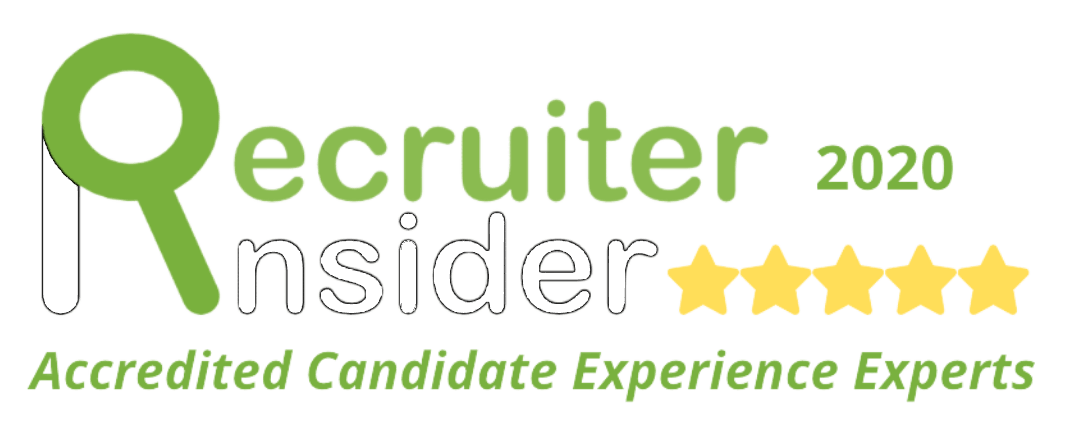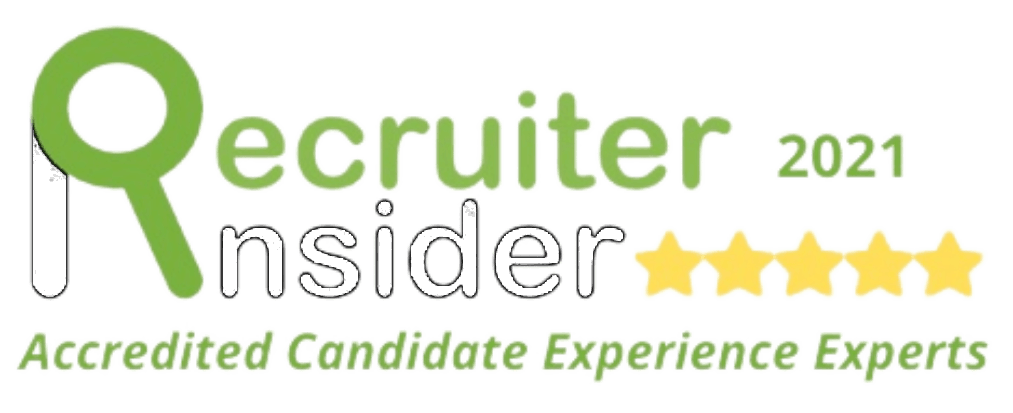Resume 101 – The Do’s and Don’ts
So you’ve decided to go on the job search, that’s the first step in the process done! The next step is to update your resume. This can be quite painful for some, especially if it’s been a few years since the last tweak.
Questions I know I’ve asked myself whilst creating my resume are: What specifics should I highlight? How do I make it stand out? What language do I use? What tense do I use?! How much detail do I go into? How long will this take?! Job searching can almost be a full-time job in itself.
It can be quite overwhelming and a lot of asking Google questions. So I thought I’d get some advice from our Director Dene on how to whip up the perfect resume.
First things first – how many pages would you recommend a resume being?
I would say one to two pages depending on experience, there’s no reason why it should be more than two. The purpose of a resume is to secure an interview.
Should I go into more detail about my current role?
Depending on how long you’ve been in the role, it does make sense to flesh out the most current role in more detail as far as core competencies; you might have five achievements rather than say two to three.
How do I show my personality and work ethics?
I believe your work ethic will show in your achievements, and the language and layout used will demonstrate your personality. Be careful with creative formats, it can make it difficult for an HR manager or recruiter to read and understand what you do. I believe a simple straight forward resume is best, where it’s easy to ascertain what your key skills are.
Is there a certain style of language or tense that works best?
Simple and straight forward, and keep the same tense the whole way through. And please don’t talk in the third person!
Is there anything else I should add to my resume for extra impact?
I think the key is keeping your resume skills based, and easy for the viewer to understand what you do. We’ve seen some great resumes where there is a career history snapshot. It’s what I call the shop front window; treat the first page of your resume as if you were a retailer showcasing your best product. If the best brands you’ve worked for fall onto the second page, find a way to create a career snapshot on the front page. It acts as a hook – the reader wants to see certain brands and buzzwords, and when they see these, they are interested and read on.
Is there anything I absolutely should not say on my resume?
Honesty is the best policy. Let’s say you worked somewhere for only four weeks as it was a terrible experience, and so you take it off your resume. I think that says more about that experience than you probably want to say. You may be really unlucky and someone will know when you did that role, and then see it’s not on your resume. They will question your trust, your work ethics, and what kind of person you are. So always put it on there, it’s better to explain it rather than having gaps on your resume.
Also on your resume make sure you’re not displaying any confidential information about your previous employers, if there were specific stats on a campaign that you know they didn’t put in the public forum – don’t put it on your resume!
Should I tailor my resume for every job application?
Absolutely tailor your resume! It will do two things – firstly, it will determine if you really want to go for the role, if you can’t be bothered to tailor your resume, you don’t really want the job! I also find if you tailor your resume, it will be more relevant to the recruiter or hiring manager. It’s a no brainer, take the time to put your best foot forward rather than hitting apply – that’s just lazy!
What do employers look for on a resume?
Personally I look for good brands, consistency, and achievements. I want someone who has good tenures in each of their roles. It sounds old fashioned but it says that they chose the right role, they can work in a team, they see a project through – I don’t like big gaps in resumes. And on that note, I also don’t like spelling mistakes – again it’s just lazy!
What’s one common mistake you see on resumes?
The biggest mistake is what I call a renovated resume, which is when someone starts their resume 5 years ago, then every time they change their job they just add to it. What you end up with is a senior resume that looks like a junior resume as all they’ve done is add more and more.
Every time you change jobs you almost should start with a clean page; you will have a different perspective on those roles and even your language will have changed. Don’t renovate, knock it down, start again, and do it properly!
So there we are, our top tips for an awesome resume!
If you have any questions on your resume, or just need some advice, then pop us over an email or give us a call. We’ll be more than happy to help!










